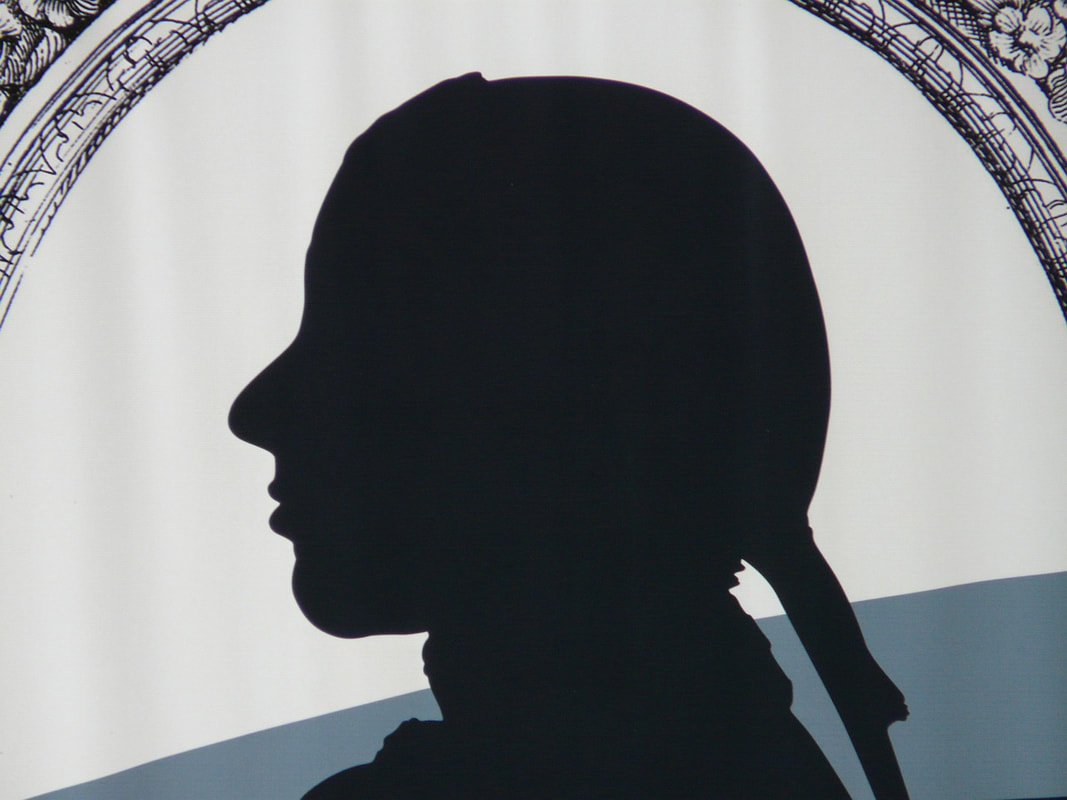|
By Sean Harris
Everyday observations show us that people exhibit a wide variety of personality traits; some people are outgoing, some creative, and others nurturing. This variation is not trivial, as personality deeply affects the way people think and act. Given the far-reaching consequences of personality, it’s important to investigate why people have certain traits and thus behave in certain ways. We know evolution has molded our bodies over millions of years, but has natural selection similarly molded human personality and behavior? While we may believe ourselves to be products of our wills and experiences, research suggests that the ways we think and act are defined by biological necessity. The Big Five System is the most common taxonomy for organizing the diverse array of human personalities. Specifically, it places people on a spectrum of five primary traits that consistently emerge when analyzing survey data. Personality Traits by Cambridge University Press defines the Big Five traits along these lines: Openness - open to experience. creative, preference for novelty and ideas Conscientiousness - organized, ordered, deliberate Extraversion - assertive, socially active, excitable Agreeableness - altruistic, trustful, compassionate Neuroticism - anxious, impulsive, hostile The nature of the five traits has been studied thoroughly. One paper in the International Journal of Public Opinion Research found correlations between the Big Five traits and political beliefs. For example, those high in conscientiousness, which is generally defined by sensitivity to hierarchy and order, exhibit greater right-wing authoritarianism. Openness, on the other hand, is linked to risky behavior and associated with being politically informed. In contrast, extroverts are more inclined to participate in social forms of political engagement, such as attending rallies. While these correlations should not be misconstrued as causal, they suggest that social traits, in aggregate, can have wide-ranging effects on society. With this implication in mind, the natural follow-up for scientists was whether personality traits were products of evolution or simply cultural constructs. To answer this question, scientists have studied the behavior of animals, under the assumption that their behavior is purely biological and unaffected by social pressures. For example, a study in Frontiers of Ecology and Evolution found that social insects like wasps and bees show increased colony-wide aggression as the population size increases. Meanwhile, newer, less-developed colonies requiring fewer resources are generally shyer and less prone to risky behavior. A similar trend has been observed in rainbow fish, which demonstrate wariness and distrust when the environment hosts predators, but lose these nervous qualities once predatory pressure is removed. Such evidence suggests that neuroticism is highly costly and only selected naturally when the environment demands it. In this case, personality seems to be a dynamic response to an environmental stimulus, a means to enhance survival. Another analysis by Daniel Nettle at the University of Newcastle on human and animal personality also demonstrates the effect of evolution on behavior. The paper combines decades of research into a holistic perspective on the specific benefits and costs of each of the Big Five traits. Extraversion increases mating success and encourages exploration of the surrounding environment at the cost of physical risk and familial stability. Neuroticism can help protect individuals from predators, as demonstrated in animals, but the necessary stress and anxiety needed to keep one alert can be costly. Agreeable people can foster stronger social bonds with others, but the urge to assist can put them at risk of falling prey to exploitation. Finally, conscientiousness can align an organism with long-term goals at the expense of being too rigid to embrace short term opportunities. Diversity in personality thus constitutes variation in decision-making by providing frameworks for how and when to use one’s resources. This variation in resource utilization is what has allowed natural selection to work on the human mind (or at least human-like minds) for around 2.5 million years. However, Nettle clarifies that no single dimension of human personality is evolutionarily favorable in all cases. A personality trait that is helpful in one instance may be harmful in another. For example, it sometimes pays to stay at home and rear children, but at other times wandering off might be advantageous to fend off predators or relocate to new land. This lack of a single “optimal” personality configuration ensures a diverse array of personalities in the population, and this diversity is highly beneficial. For example, a population without conscientious organisms would fail to account for long-term planning or social hierarchy, while a population without extraverted organisms would be unable to explore new opportunities or take risks. Diversity of personality also provides stability. In the same way that a genetically homogenous population is vulnerable to changes in environment, a population that lacks diversity in personality could easily collapse with even a slight alteration of environmental stresses. Nettle also points out how some traits manifest in radically different ways today than they would have in nature. Neuroticism excels at keeping one alert in the wilderness. However, in our relatively safe towns and cities, only the heavy costs of stress and anxiety are realized. Similarly, those high in extraversion and openness may not integrate well with our highly-ordered society. In fact, both drug users and criminals tend to score higher in these traits. These studies suggest that personality may be more deeply rooted in biology and our evolution than ever predicted. Despite our subjective belief that we are the masters of our own minds, the influence of evolution on personality suggests that the ancient forces of natural selection dictate the subliminal and emotional ways in which we and all other organisms act. Although there are competing arguments, researchers agree that we should further investigate the fundamental forces behind our personalities and actions. Sean is a freshman in Columbia College. He is a staff writer for Columbia Science Review and plans to major in physics.
0 Comments
Leave a Reply. |
Categories
All
Archives
April 2024
|

